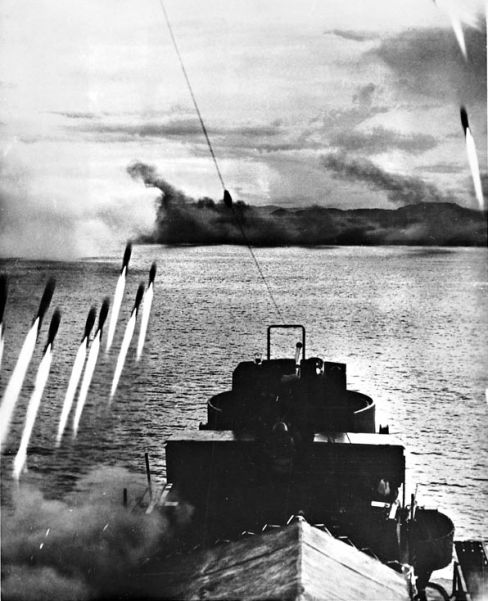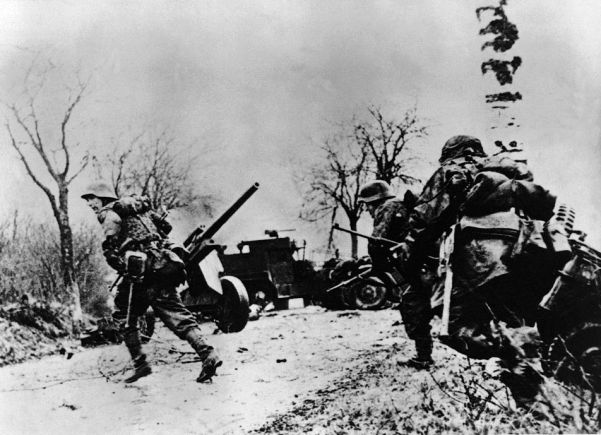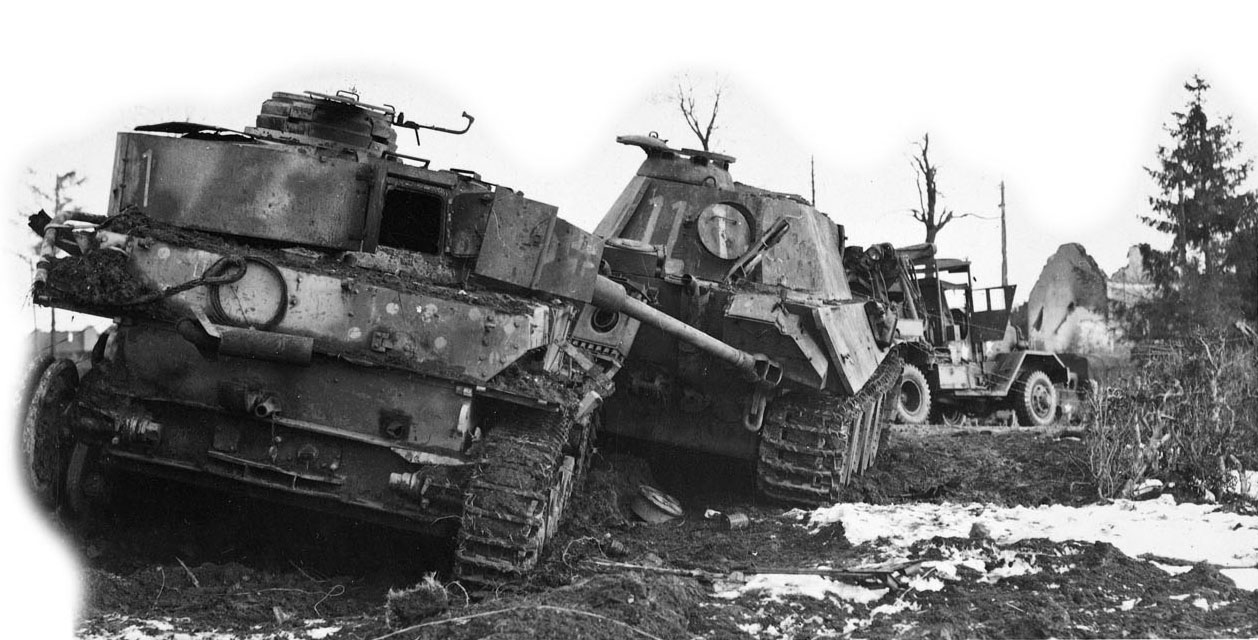4 December
Far East, Burma
General William Slim, commander of the British Fourteenth Army, begins the destruction of Japanese forces in Burma. The British IV and XXXIII Corps begin the offensive, heading for the Japanese airfields at Yeu and Shwebo. The Japanese Fifteenth Army, commanded by General Shihachi Katamura, is in a weakened state following its reverses during the fighting at Kohima and Imphal.
5-7 December
Pacific, Philippines
The final US offensive on Leyte begins with a drive by the X Corps into the northern Ormoc Valley, with simultaneous assaults by the XIV Corps in central and southwestern Leyte. On the 7th, the 77th Division lands virtually unopposed below Ormoc. Japanese forces are pressed into the Ormoc Valley, and are under intense artillery and aerial attack.
Home Front, Germany
The Nazi women’s leader, Gertrud Scholtz-Klink, appeals for all women over 18 to volunteer for service in the army and air force to release men for the Front.
8 December
Pacific, Iwo Jima
The US Air Force begins a 72-day bombardment of Iwo Jima, the longest and heaviest of the Pacific war, to pave the way for an amphibious assault.
15 December
Pacific, Philippines

As part of General Douglas MacArthur’s second phase of the invasion of the Philippines, the US 24th Division lands on the island of Mindoro.
Far East, Burma
The British 19th and 36th Divisions meet at Indaw, and set up a continuous Front against the Japanese in northern Burma.
16-22 December
Western Front, Ardennes

Hitler launches Operation Watch on the Rhine, his attempt to break through the US VIII Corps on the Ardennes Front, reach the Meuse River, and capture Antwerp, thereby splitting the Allies in two. The German units - 200,000 men - form Army Group B under the overall command of Field Marshal Gerd von Rundstedt. This force comprises the Sixth SS Panzer Army, Fifth Panzer Army, and Seventh Army. US forces total 80,000 men. Surprise is total and there is dense cloud and fog, which negates Allied air superiority, but the Germans fail to take the towns of St. Vith and Bastogne immediately, which narrows their attack Front. On the 17th, troops of SS Lieutenant Colonel Joachim Peiper’s battlegroup murder 71 American prisoners of war at Malmédy in Belgium, leaving their bodies in a field.
By the 22nd, the Americans, having lost 8000 of 22,000 men at St. Vith, pull back from the town, but the men of the 28th Infantry, 10th, and 101st Airborne Divisions continue to hold out stubbornly in Bastogne against one infantry and two panzer divisions. On the same day the Germans mount their last attempt to reach the Meuse.
As part of their sabotage operations, the Germans are using English-speaking commandos dressed in US uniforms to spread confusion, especially at road junctions and on bridges. However, measures have been taken to defeat these infiltrators, many of whom are later shot as spies.
20 December
Mediterranean, Greece
British tanks and armored cars have lifted the siege of Kifissia RAF base by ELAS rebels (the National Liberation Army - the military wing of the country’s communist party).
24 December
Air War, Belgium
The first jet bomber operation takes place when twin-engined German Arado 234B bombers raid a factory and marshaling yards. The raid is led by Captain Dieter Lukesch.
26 December
Western Front, Ardennes

The US First and Third Armies launch counterattacks against the north and south of the German ‘bulge’ into the Ardennes. The US Third Army’s 4th Armored Division relieves Bastogne as Hitler is informed by his generals that Antwerp can no longer be reached by his forces. The only hope of salvaging any sort of victory in the Ardennes is to swing the Fifth and Sixth Panzer Armies north to cross the Meuse west of Lige and come in behind Aachen. However, this presupposes the capture of Bastogne and an attack from the north to link with the panzers - both are increasingly unlikely.
30 December
Western Front, Ardennes
At Bastogne, General George Patton, his forces swollen to six divisions, resumes his attack northeast toward Houffalize. At the same time, General Hasso von Manteuffel, commander of the German Fifth Panzer Army, launches another major attempt to cut the corridor into Bastogne and take the town. The fighting is intense, but Patton’s forces stand firm and defeat the German attack.
31 December
Politics, Hungary
The Provisional National Government of Hungary, set up under Soviet control in the city of Drebrecan, declares war on Germany.
